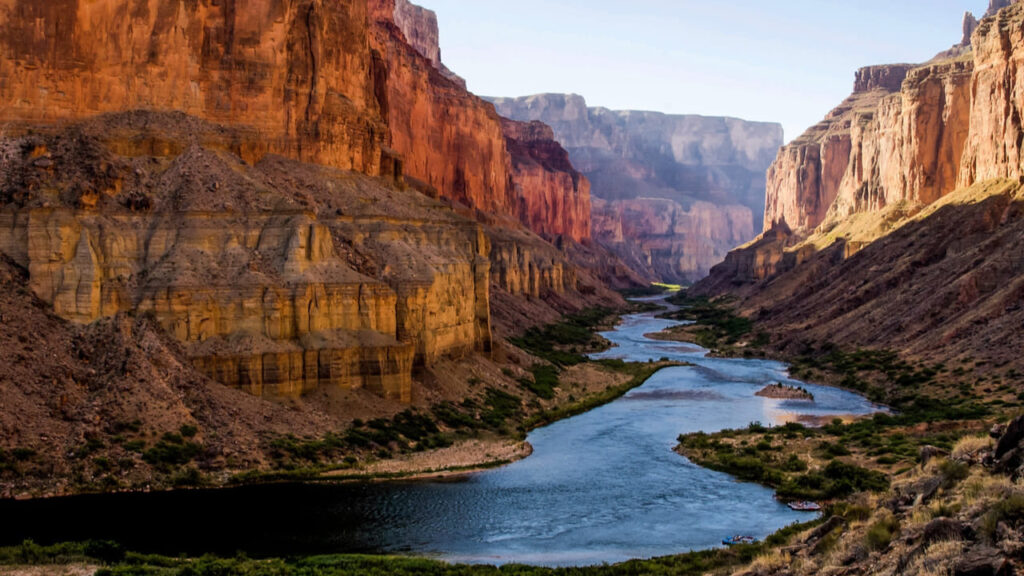
TAKE ACTION | The drought in the Colorado River persists. (Photo/EFE)
DROUGHT IN THE RIVER BASIN IS RESPONSE TO CLIMATE CHANGE
Newsroom El Comercio de Colorado
Haga click aquí para leer la versión en español
The US government will take “urgent action” to protect and enhance the sustainability of the Colorado River Basin. Those measures involve cuts to water allocations for Arizona and Nevada, as well as Mexico, beginning in 2023. “Prolonged drought and low surface water discharge conditions, accelerated by climate change, have resulted in historically low water levels in Lakes Powell and Mead,” the Interior Department said. Emergency in the Colorado River
The government said that the current drought has lasted 23 years and is unprecedented, so the discharge from the Glen Canyon and Hoover dams – which created Lakes Powell and Mead – will be reduced next year. The reduction is based on a plan signed by seven US states and Mexico in 2019 to help maintain reservoir levels. The plan establishes annual allocations for each signatory party based on Lake Mead water levels.
Provides water for 30 million people
In 2021, the fall in levels forced the Government to declare an emergency due to water scarcity in the region and the consequent mandatory cut in allocations for Arizona, Nevada and Mexico in 2022. The new cuts will see the supply for Arizona reduced by about 192.904 million gallons of water, approximately 21 percent of its annual allocation, while Nevada will lose 8.146 million gallons, and 8 percent of the supply it receives from Colorado.
The reduction for Mexico will be 33,889 million gallons, equivalent to 7 percent of its allocated share. The Colorado River rises from melting snow from mountainous northern Colorado. The 2,250-kilometer course supports an ecosystem where 30 million people live, including members of 20 indigenous tribes. The river supports cities like Denver, Los Angeles, Phoenix, and Las Vegas in a 630,000-square-kilometer basin that spans Wyoming, Colorado, Utah, New Mexico, Arizona, California, and Nevada.
Effects of climate change
“The worsening drought crisis in the Colorado River Basin is driven by the effects of climate change, including extreme heat and low rainfall,” said Assistant Secretary of the Interior Tommy Beaudreau. The secretary added that “in turn, severe drought conditions exacerbate the risk of forest fires and ecosystem disruption. This situation adds stress on communities and landscapes throughout the region,” he added.
The Department of the Interior indicated that other measures will also be applied in the management of watercourses and reservoirs to protect the dams and speed up the maintenance tasks that are already underway. Beaudreau said the federal government “is committed to using every available resource to conserve water and to ensure irrigators, tribes and adjacent communities receive adequate assistance and support to build strong communities and protect our water supplies.”
You may also like:
Colorado schools crack down on fentanyl
8th grader dies of accidental fentanyl overdose
Celebrating diversity and inclusion in Aurora






otras noticias
Run, Breathe, and Be Amazed at LUNA
Colorado Legislature Approves Law to Boost Food Truck Industry
Polis has 30 days to sign, veto, or let SB25-276 take effect